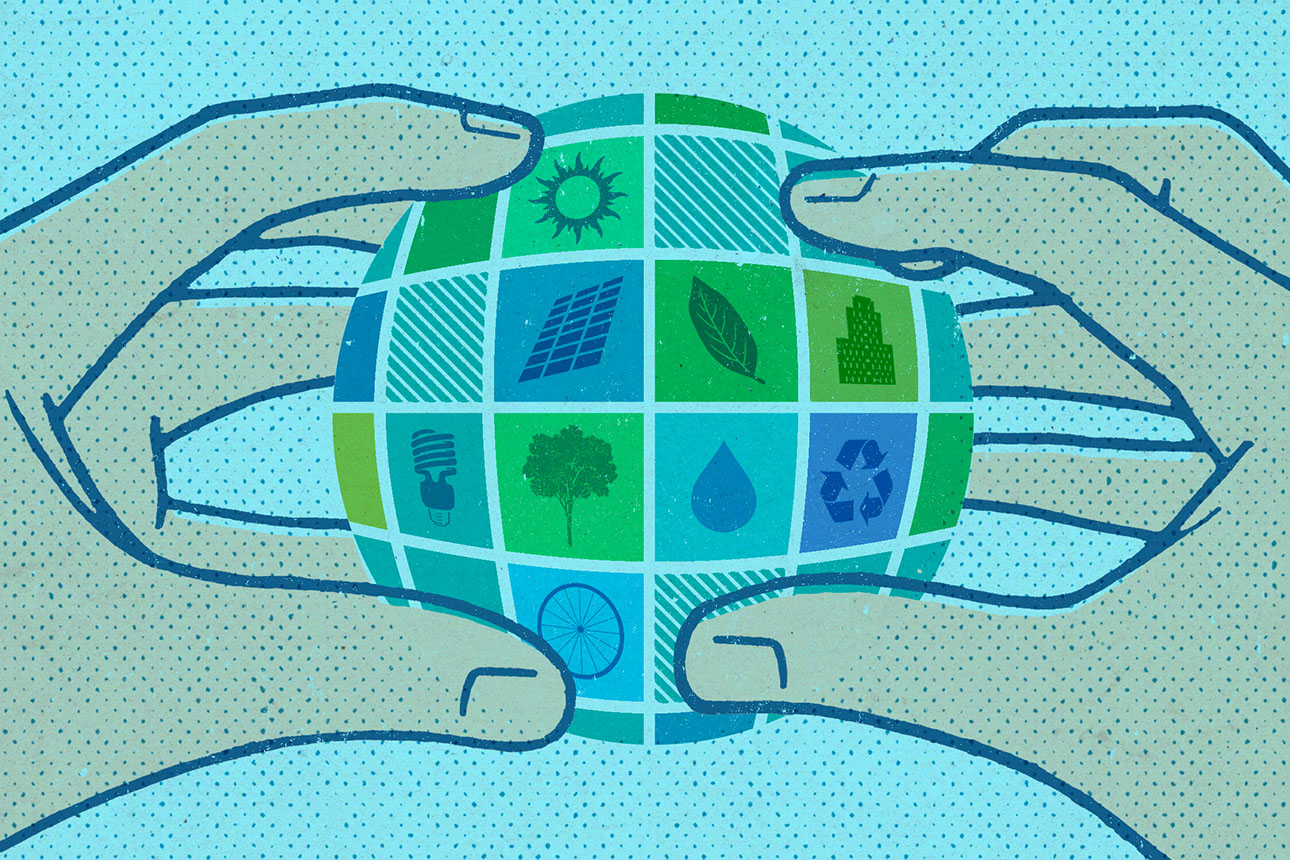Find a Circular Strategy to Fit Your Business Model
Products and services that maximize use and reuse of materials and other resources can be both growth opportunities and sustainability measures.

Dan Page/theispot.com
Companies seeking to meet ambitious sustainability goals to reduce fossil fuel consumption and reduce waste must go beyond a shift to renewable energy. Roughly half of global emissions are linked to the production and consumption of goods such as food, packaging, buildings, and textiles.1 Accelerating decarbonization will require that we rethink the materials and services sourced from suppliers, the distribution and use of products by customers, and what happens to products at end of life.
That’s where circular models come into focus. They aim to optimize the use of material resources in organizations and thus help reduce carbon emissions and mitigate strain on natural systems. For businesses, circularity promises to enhance competitiveness by improving bottom lines through resource efficiency and boosting resilience against resource market volatility through closed-loop supply chains. Moreover, compelling circular offerings, such as refurbished furniture or new items made from recycled materials, appeal to customers striving to meet their own sustainability goals.
Despite these advantages, circular businesses remain uncommon, largely due to the challenge of identifying and operationalizing suitable models that align with a firm’s overall strategy and capabilities.2 In this article, we draw on our research into organizations implementing these models to explain four different routes to circularity, and key considerations for effectively implementing them.
The practical principles underlying circular business models can be stated as simple goals: use less, use longer, use again, use differently.3 (See “Four Approaches to Circularity.”) Most circular models emphasize one of these paths, but often in combination with others.
Extend Product Lifespan
Reuse, resale, repair, or refurbishment are among the use-longer tactics that help companies maximize the usable life of products, reducing both waste and consumption of new resources.
References (8)
1. Ellen MacArthur Foundation, “Completing the Picture: How the Circular Economy Tackles Climate Change,” 2019, www.ellenmacarthurfoundation.org.
2. K. Soufani and C. Loch, “Circular Supply Chains Are More Sustainable. Why Are They So Rare?” Harvard Business Review, June 15, 2021, https://hbr.org.




